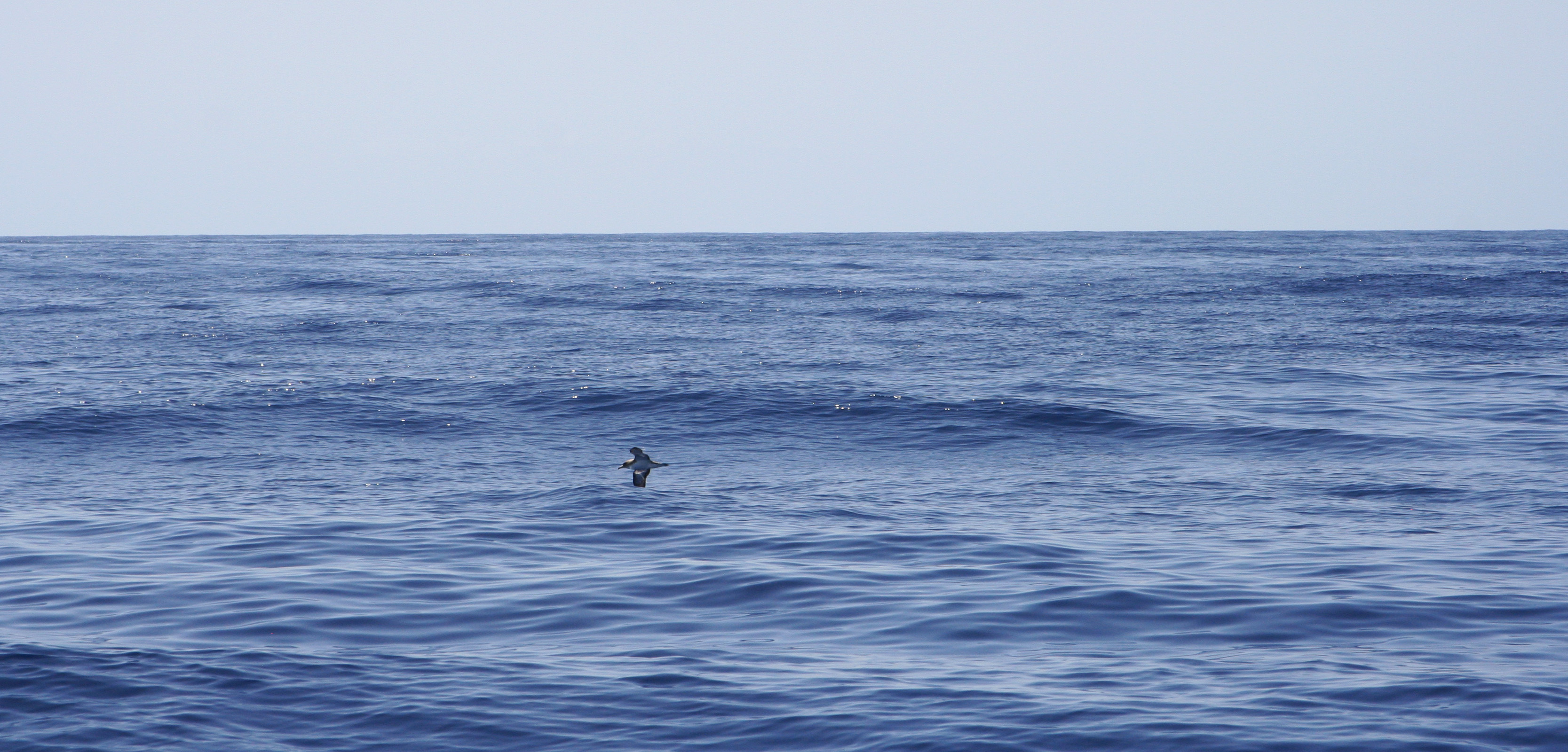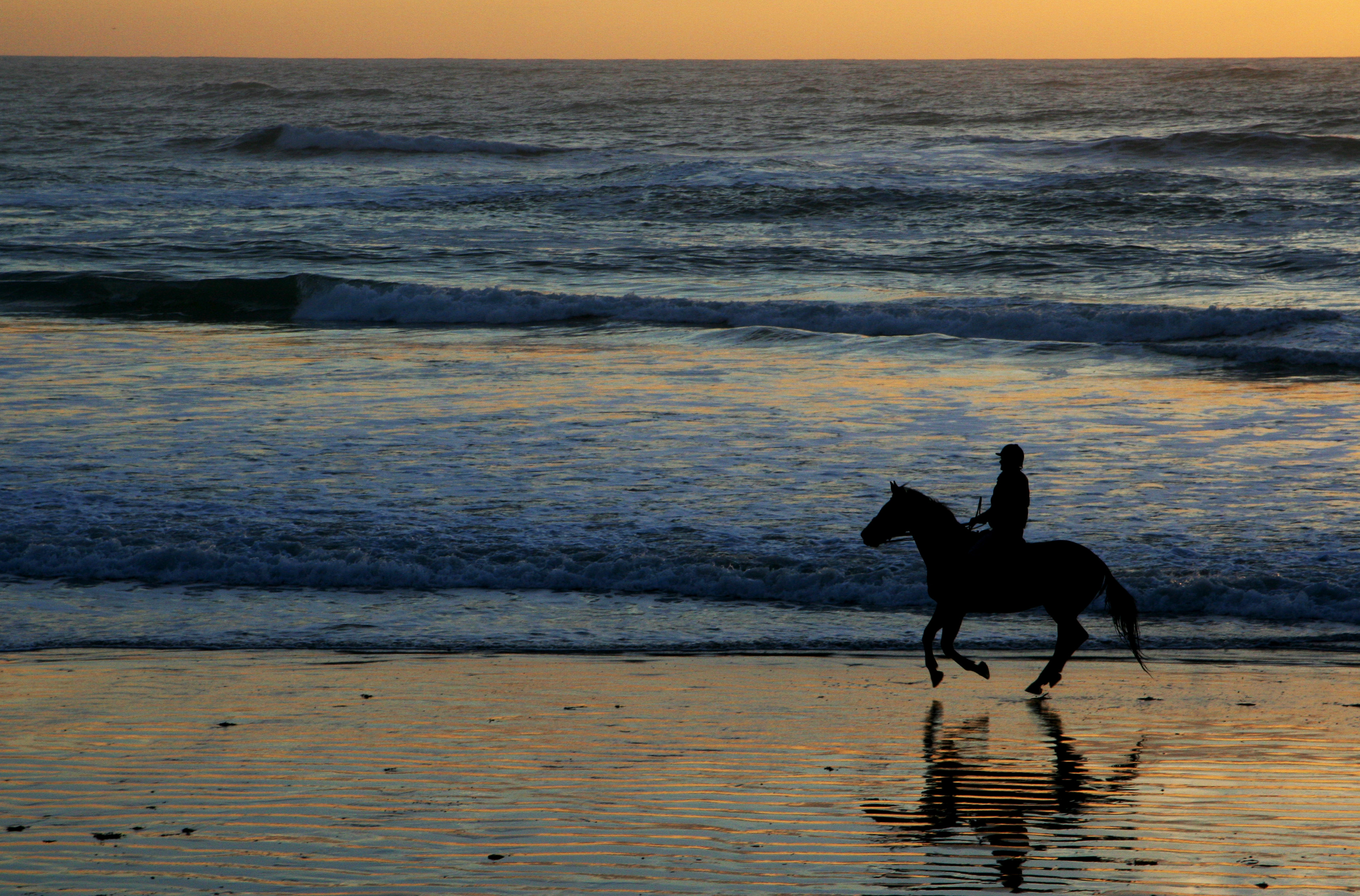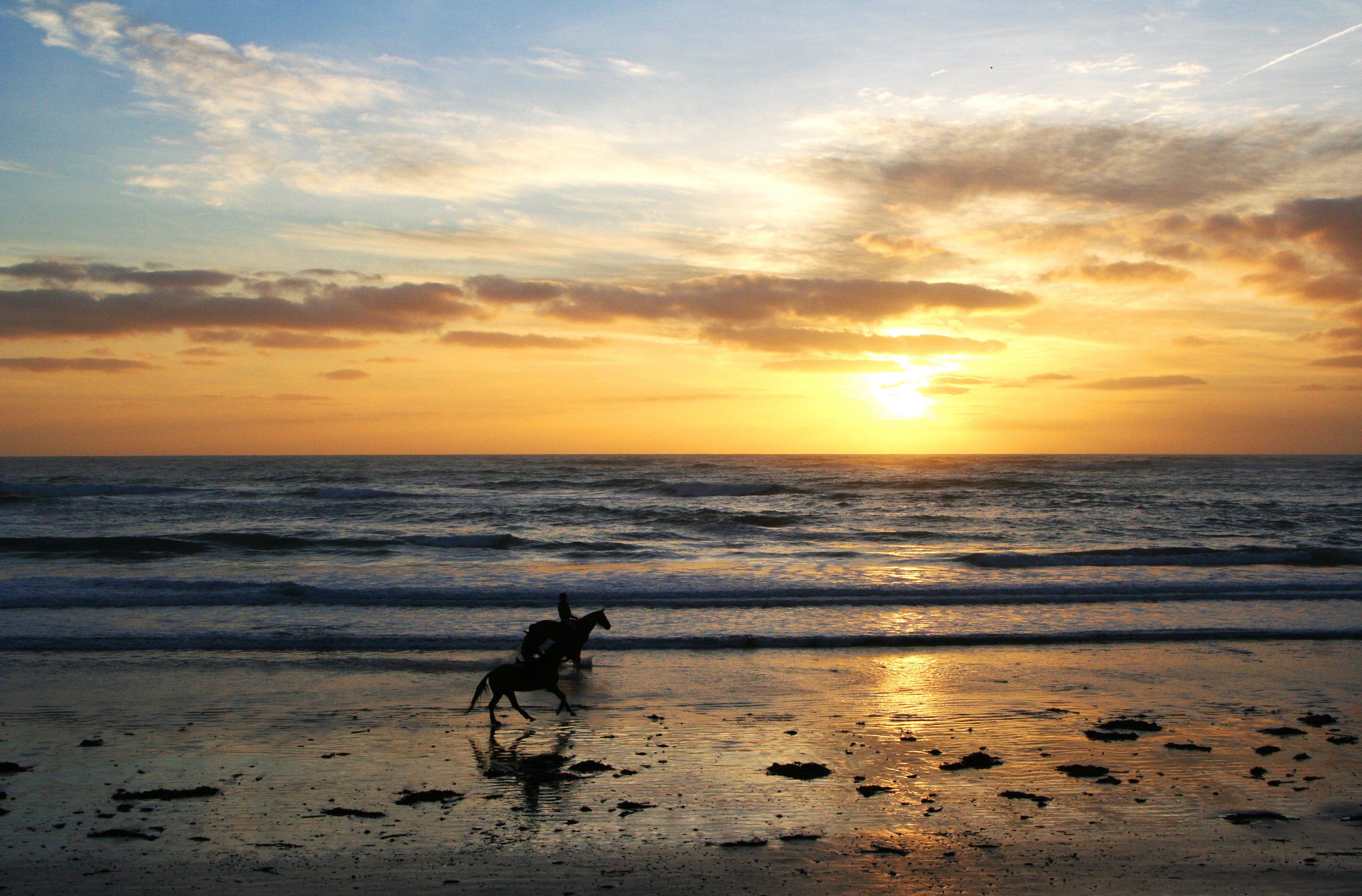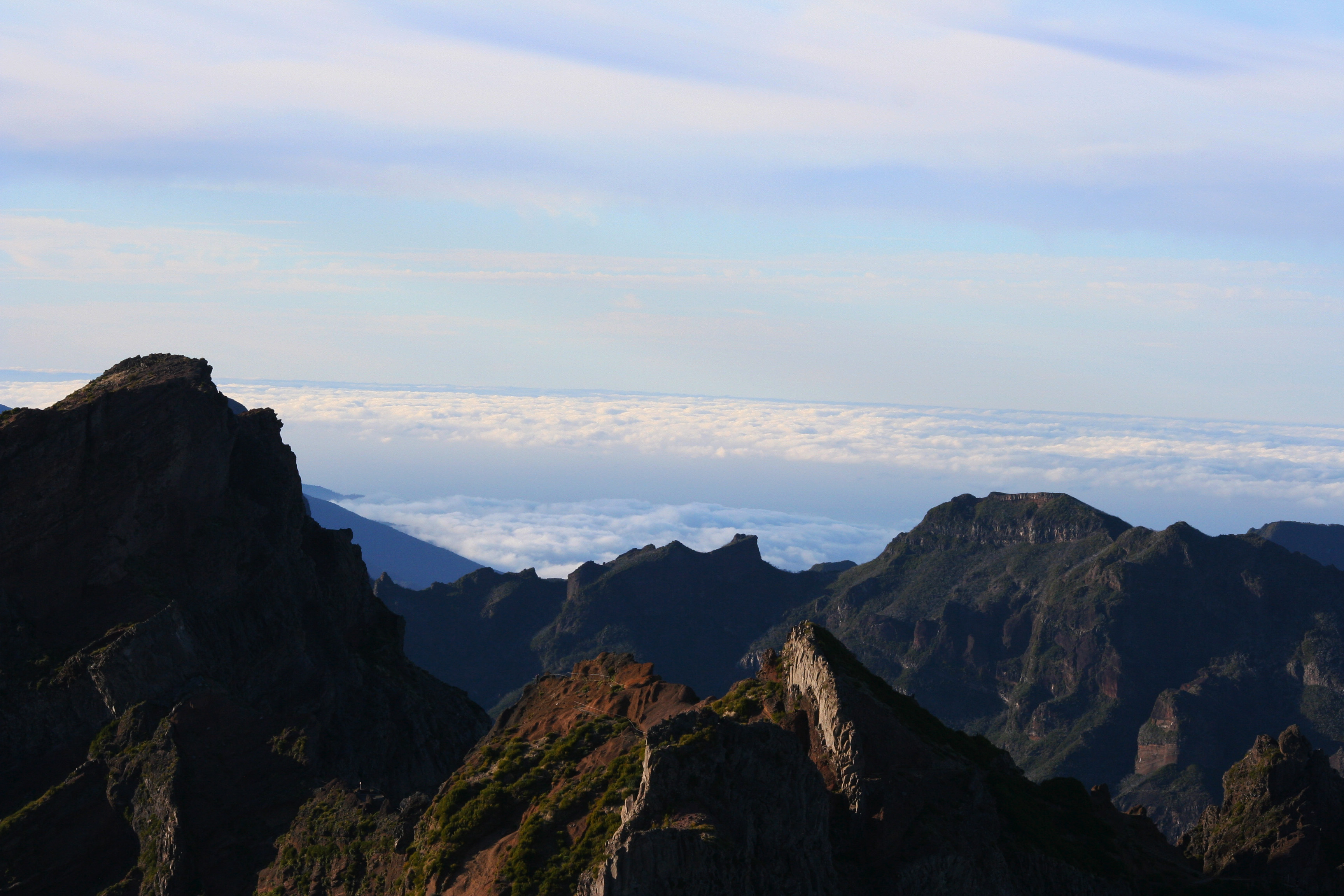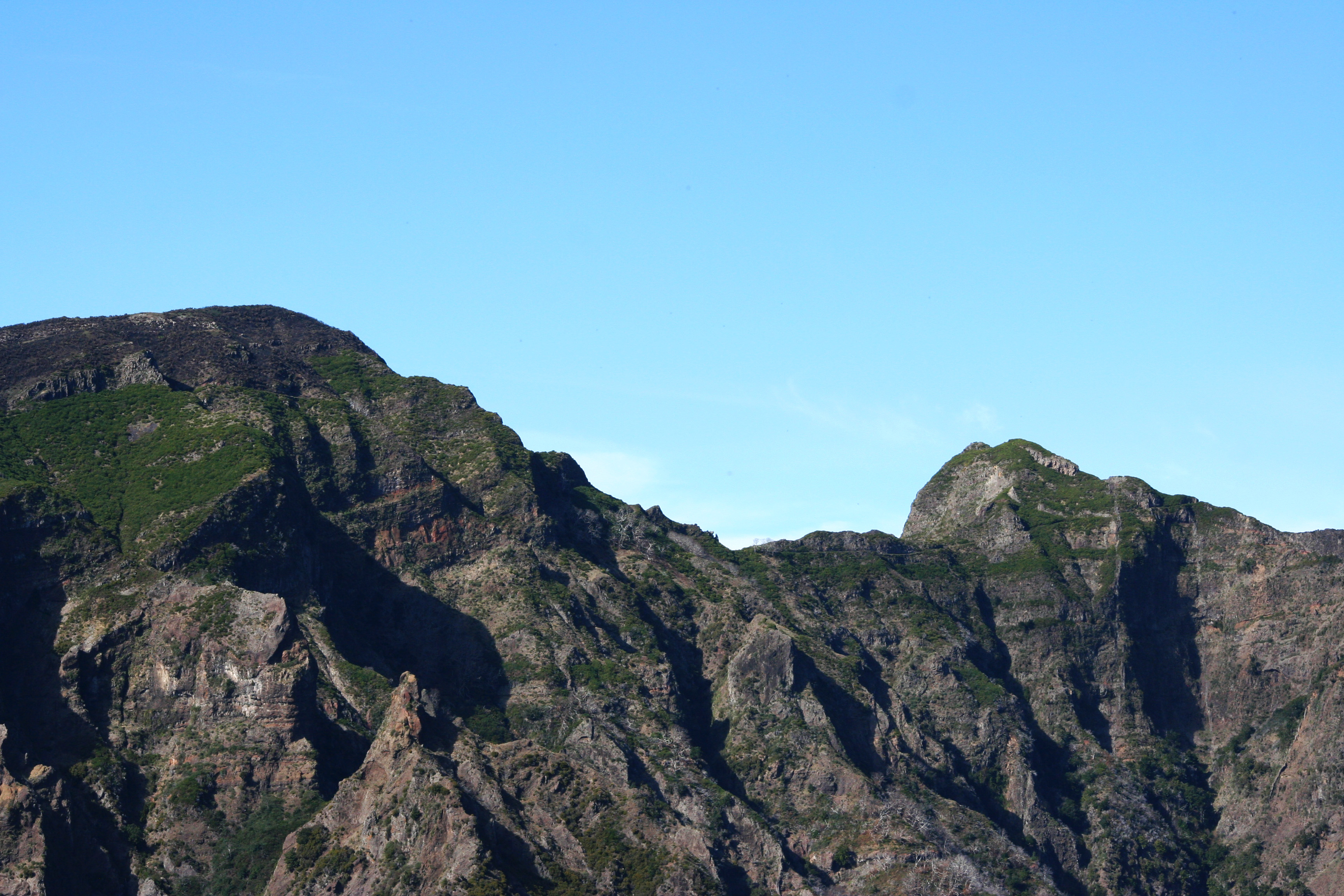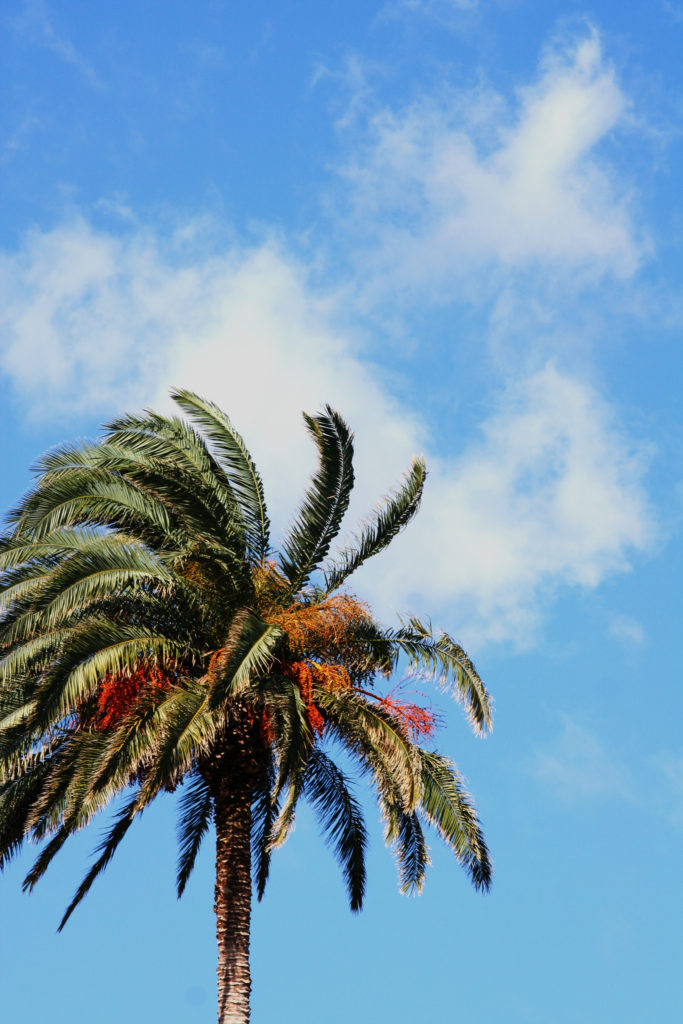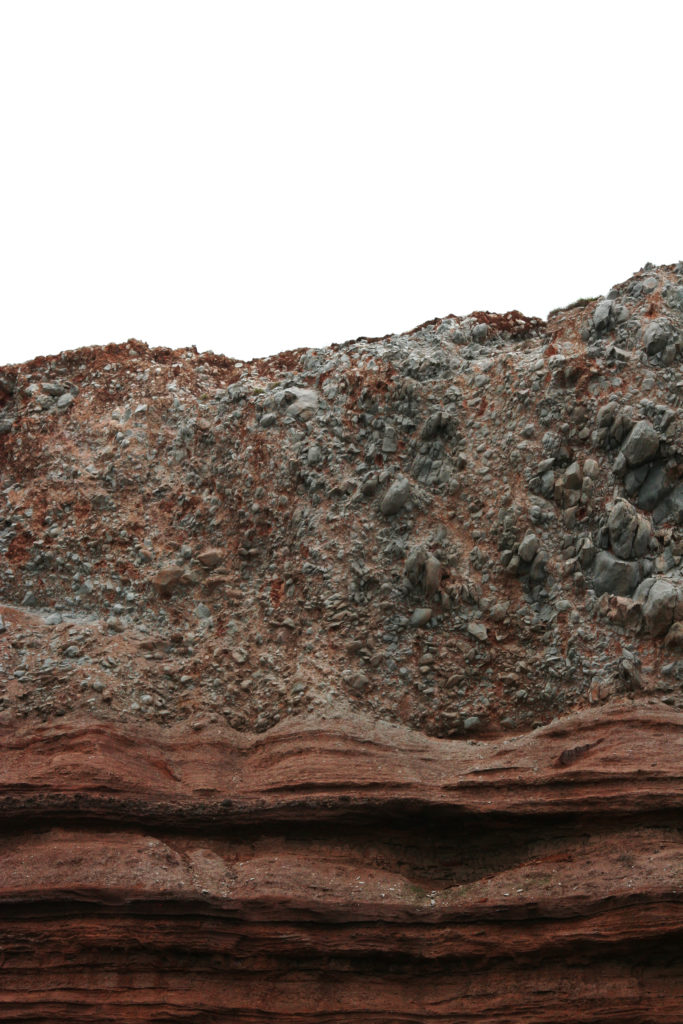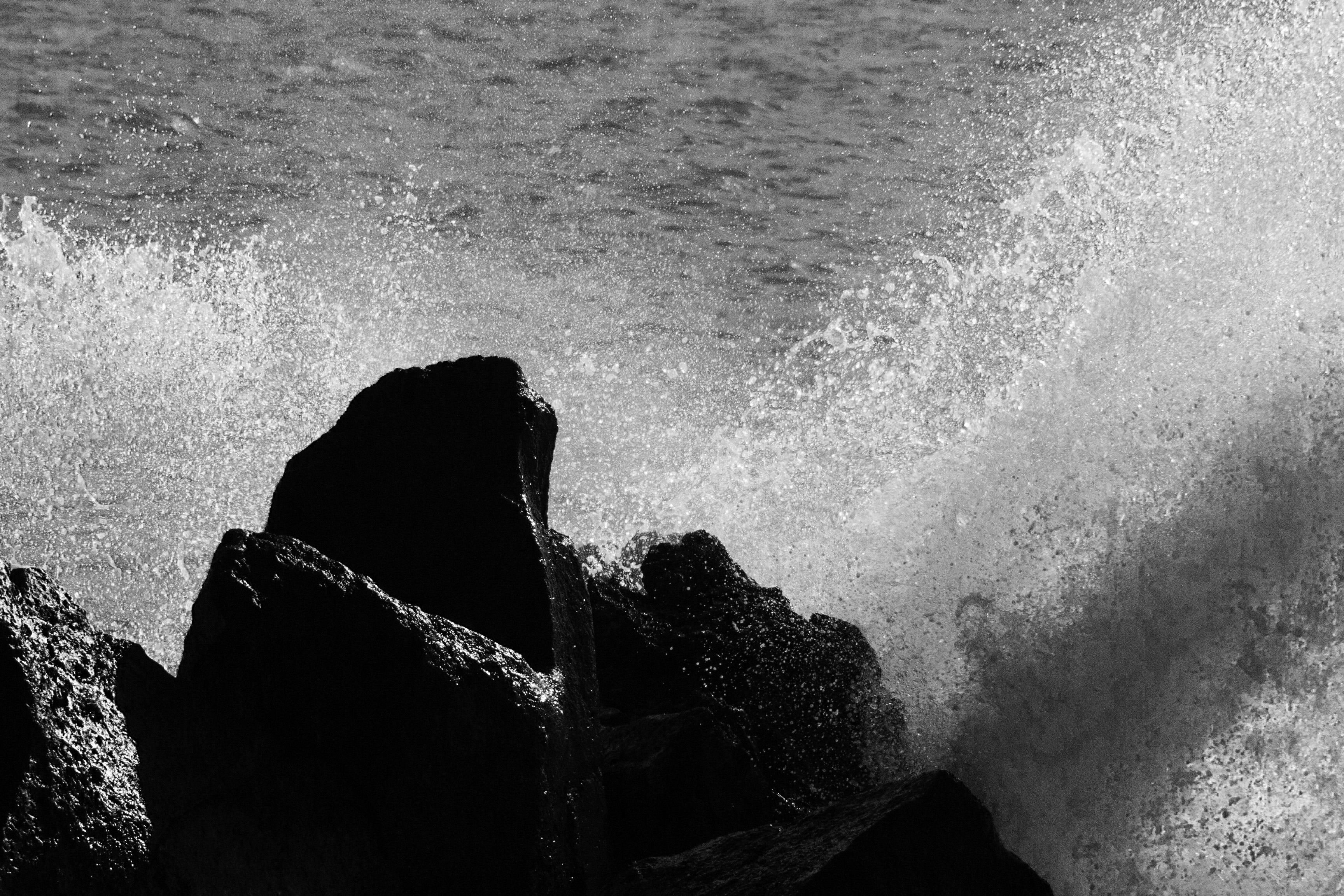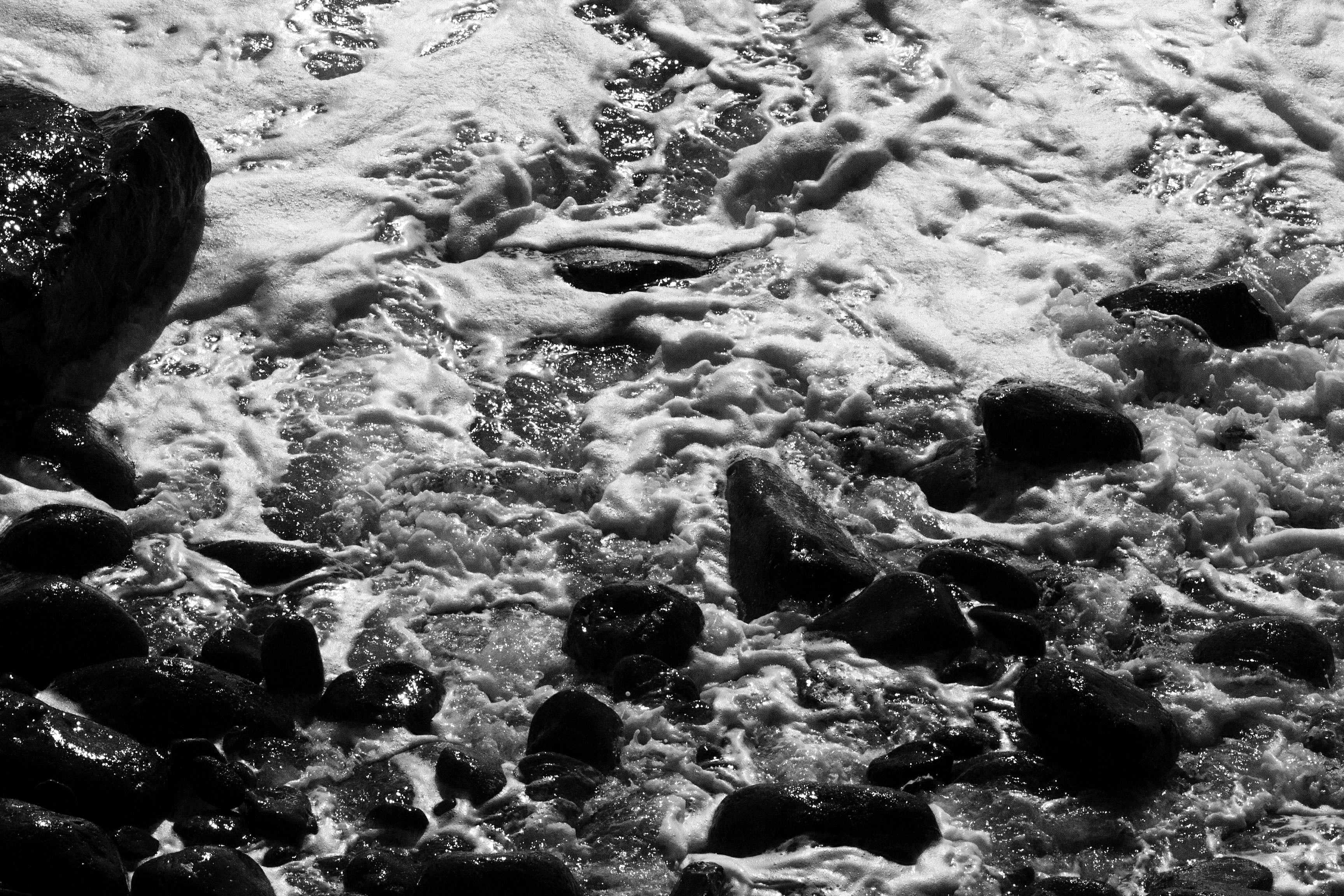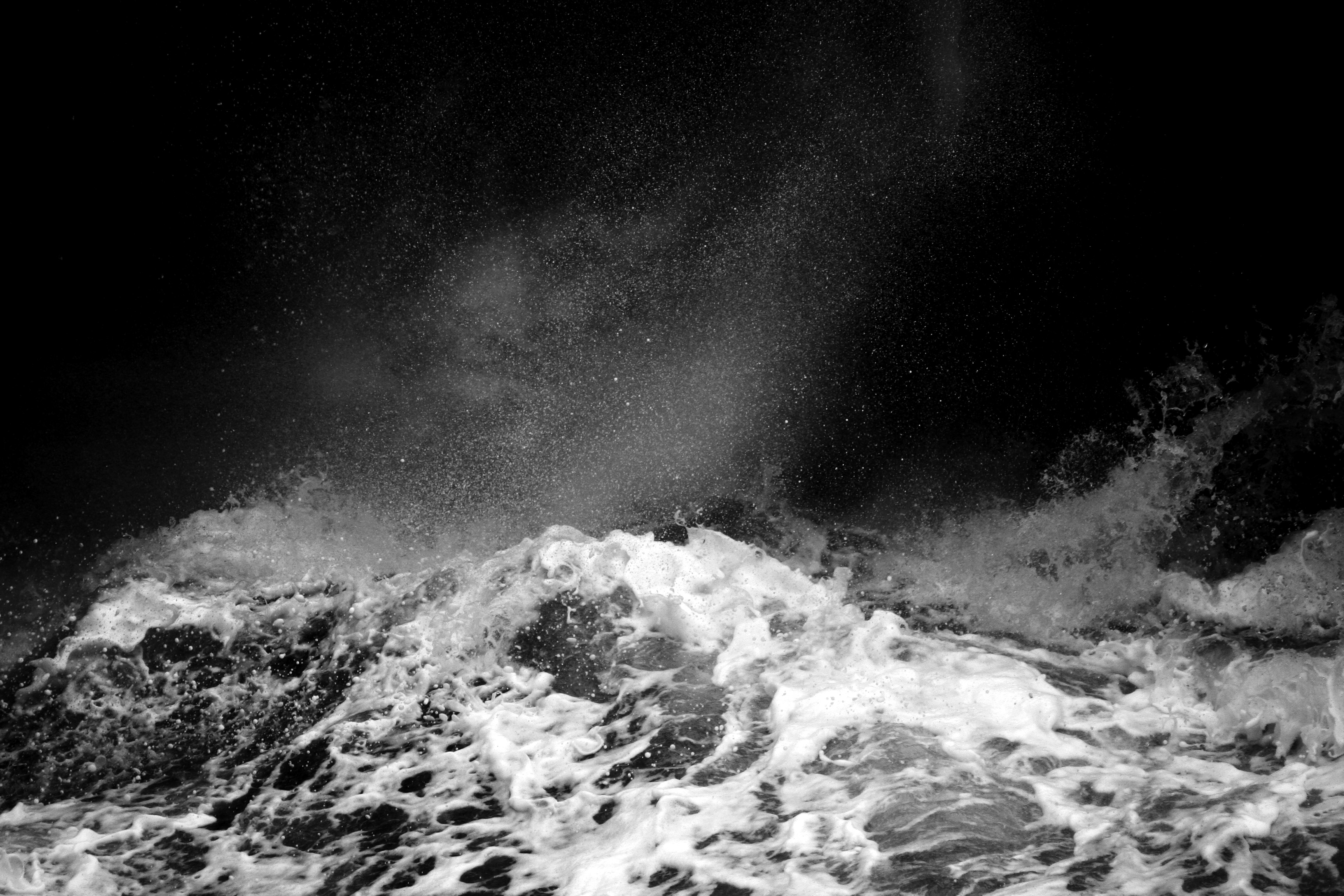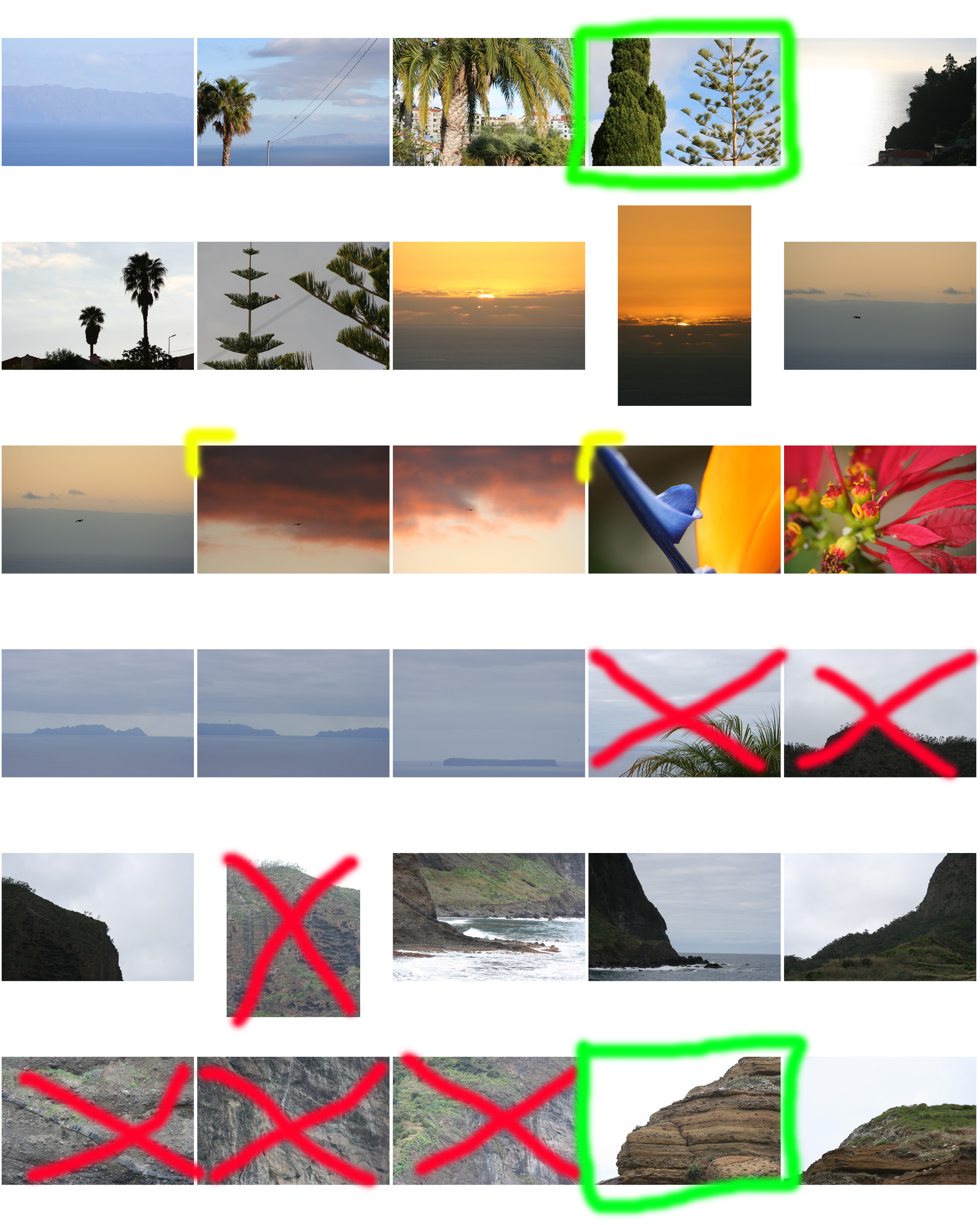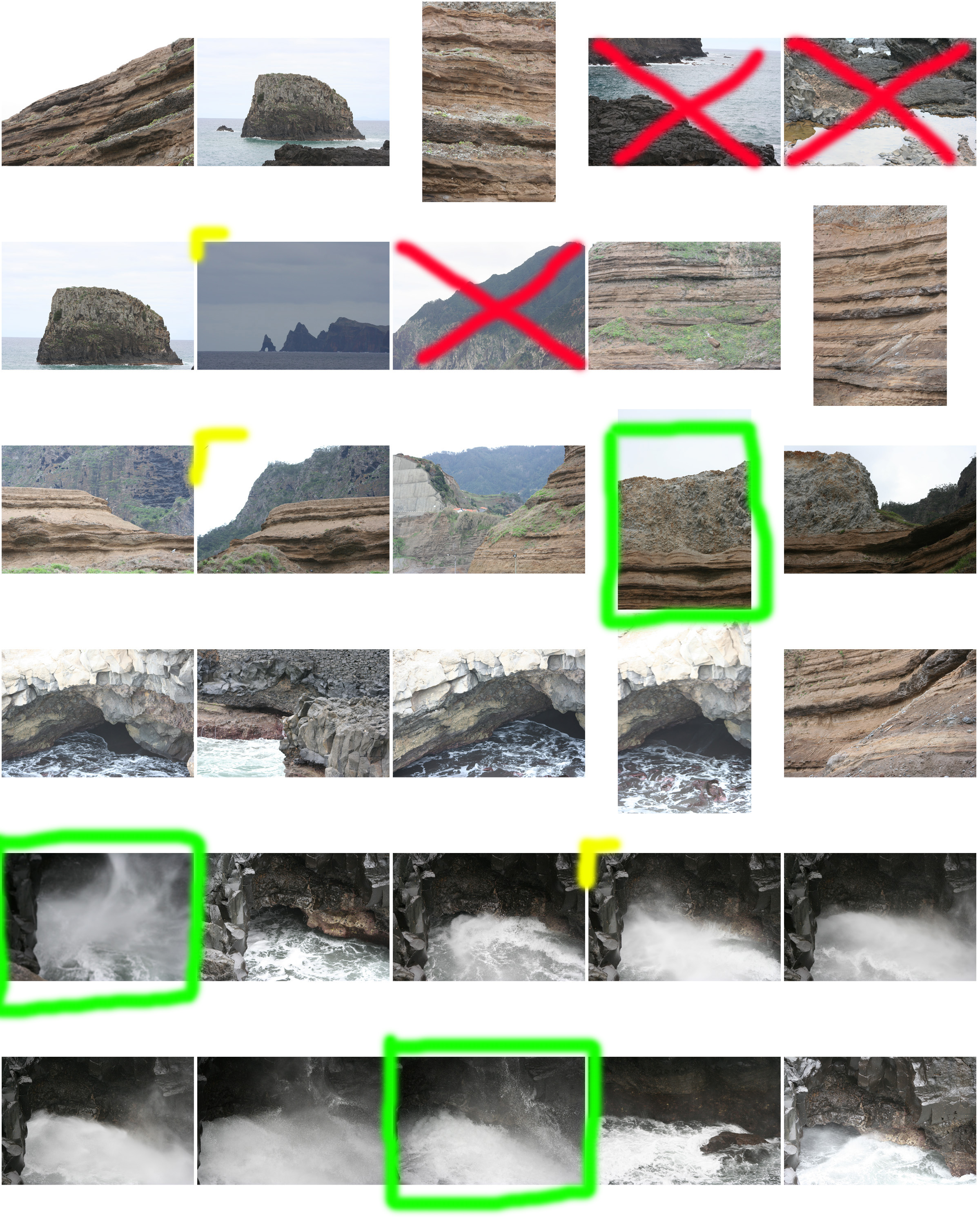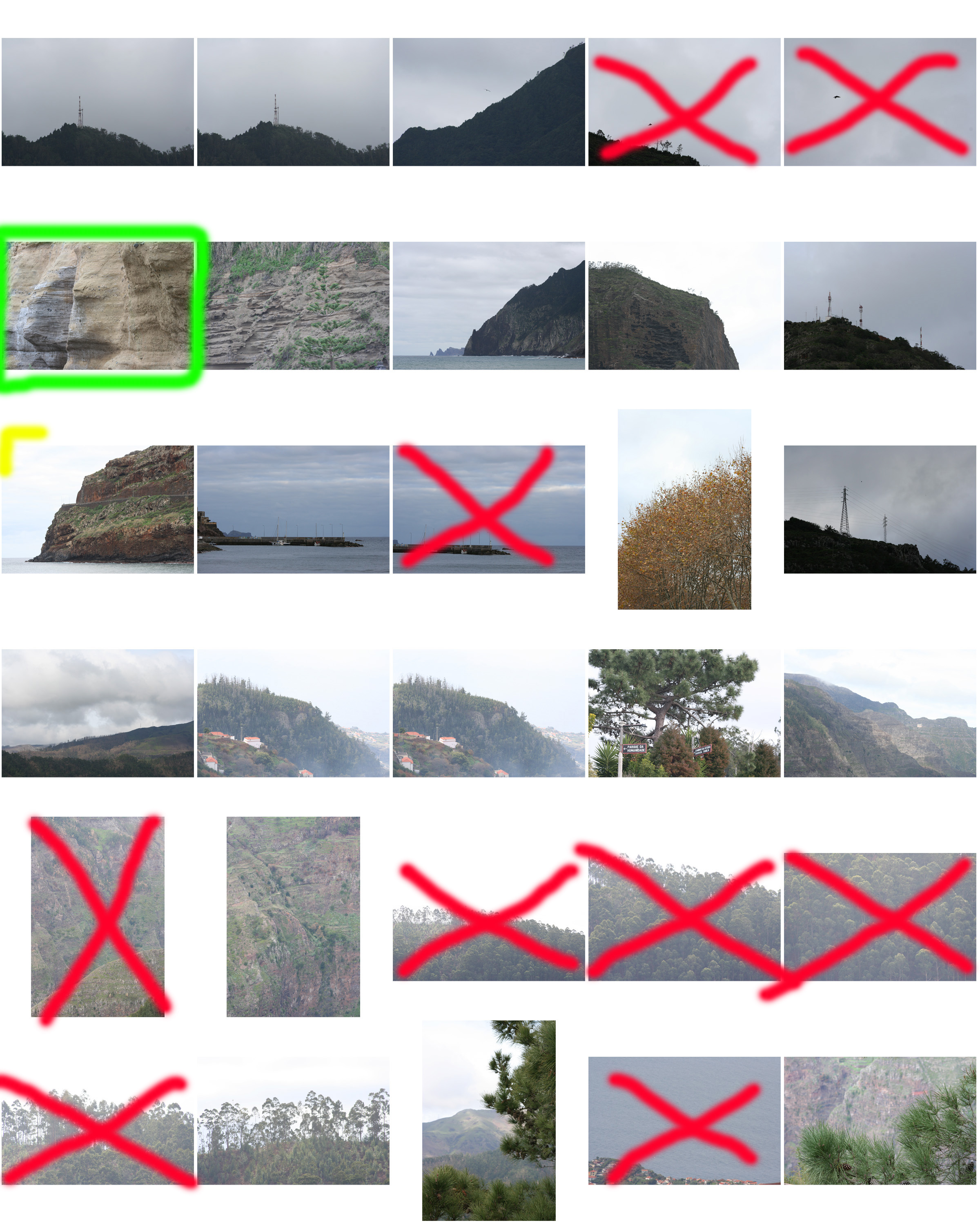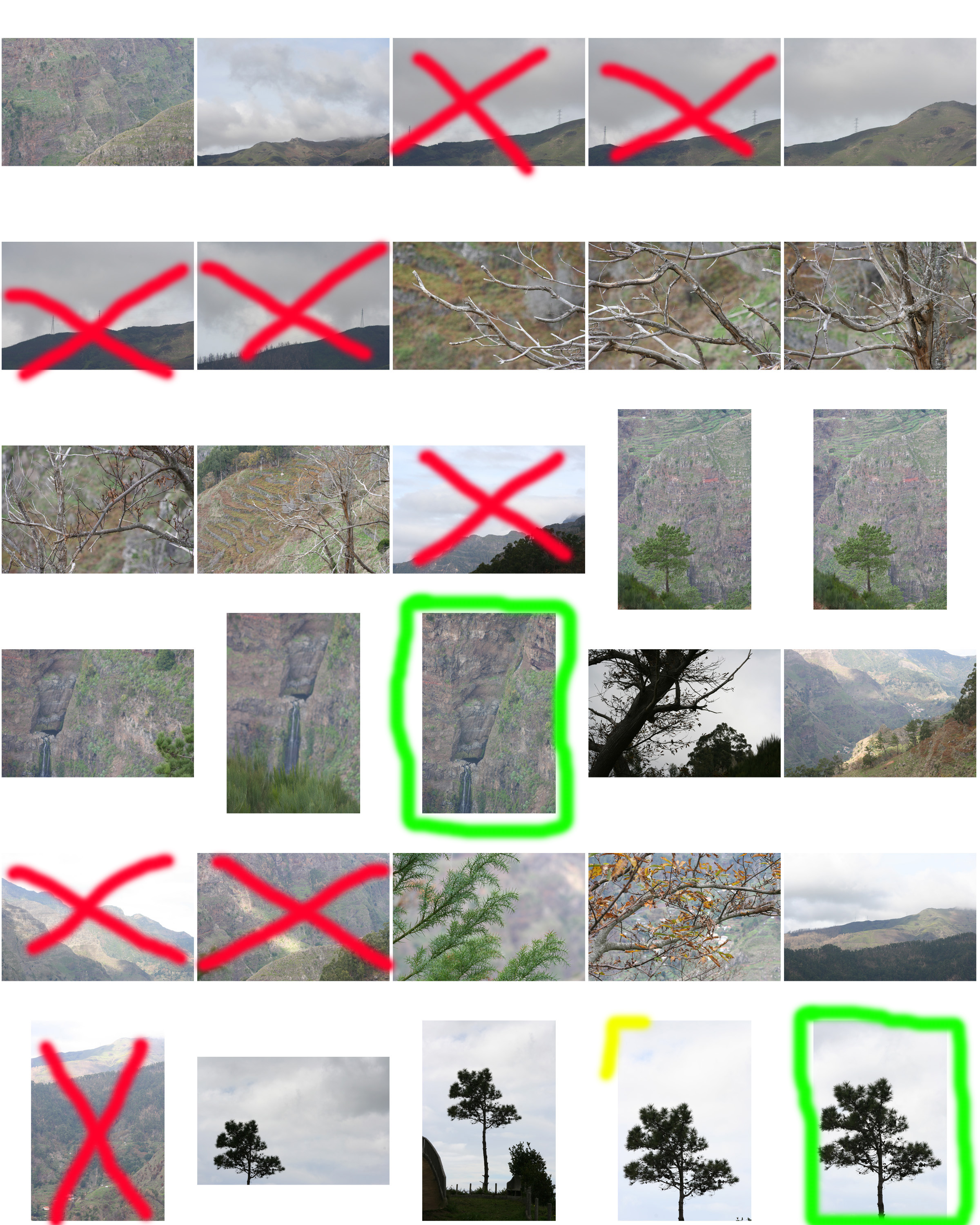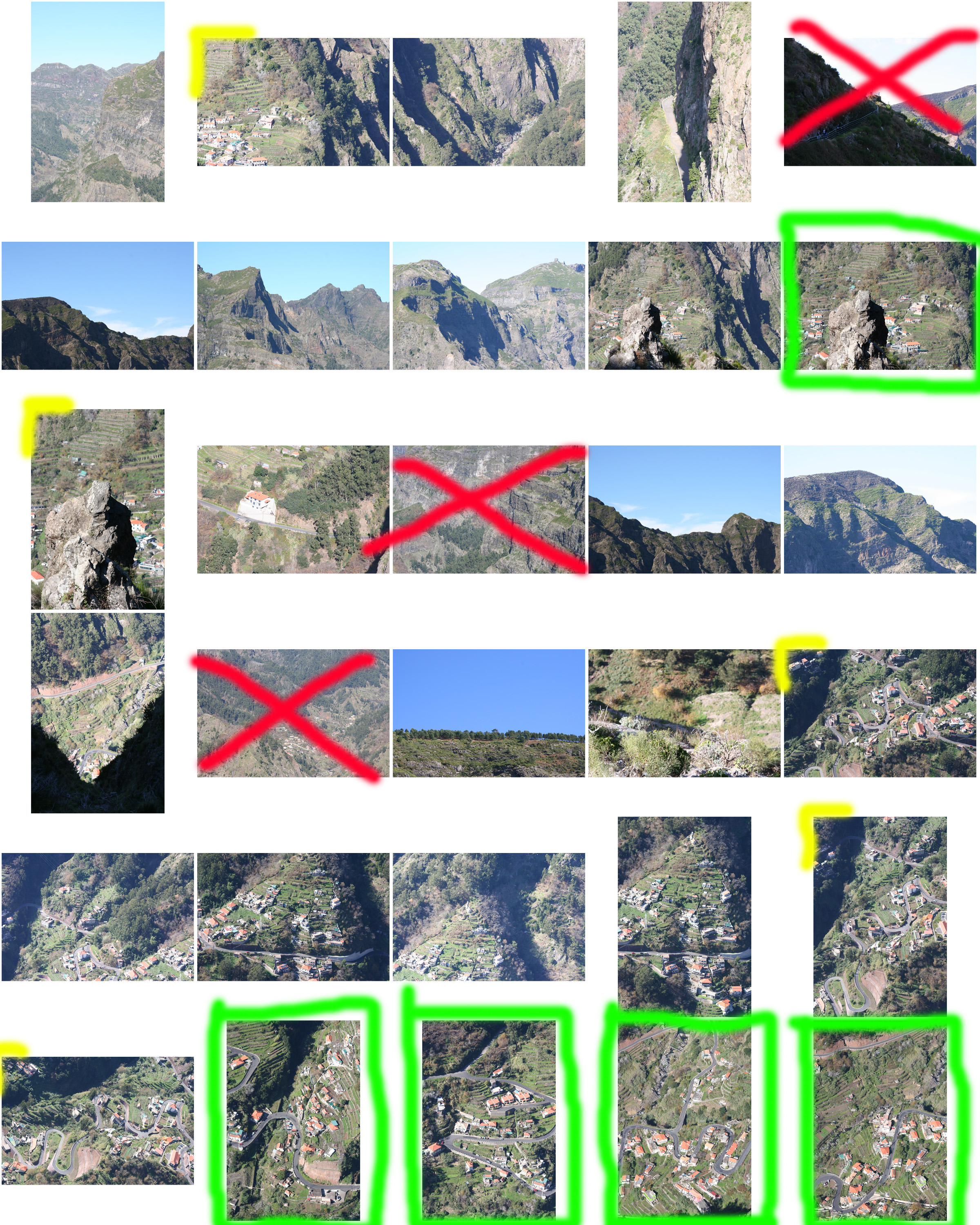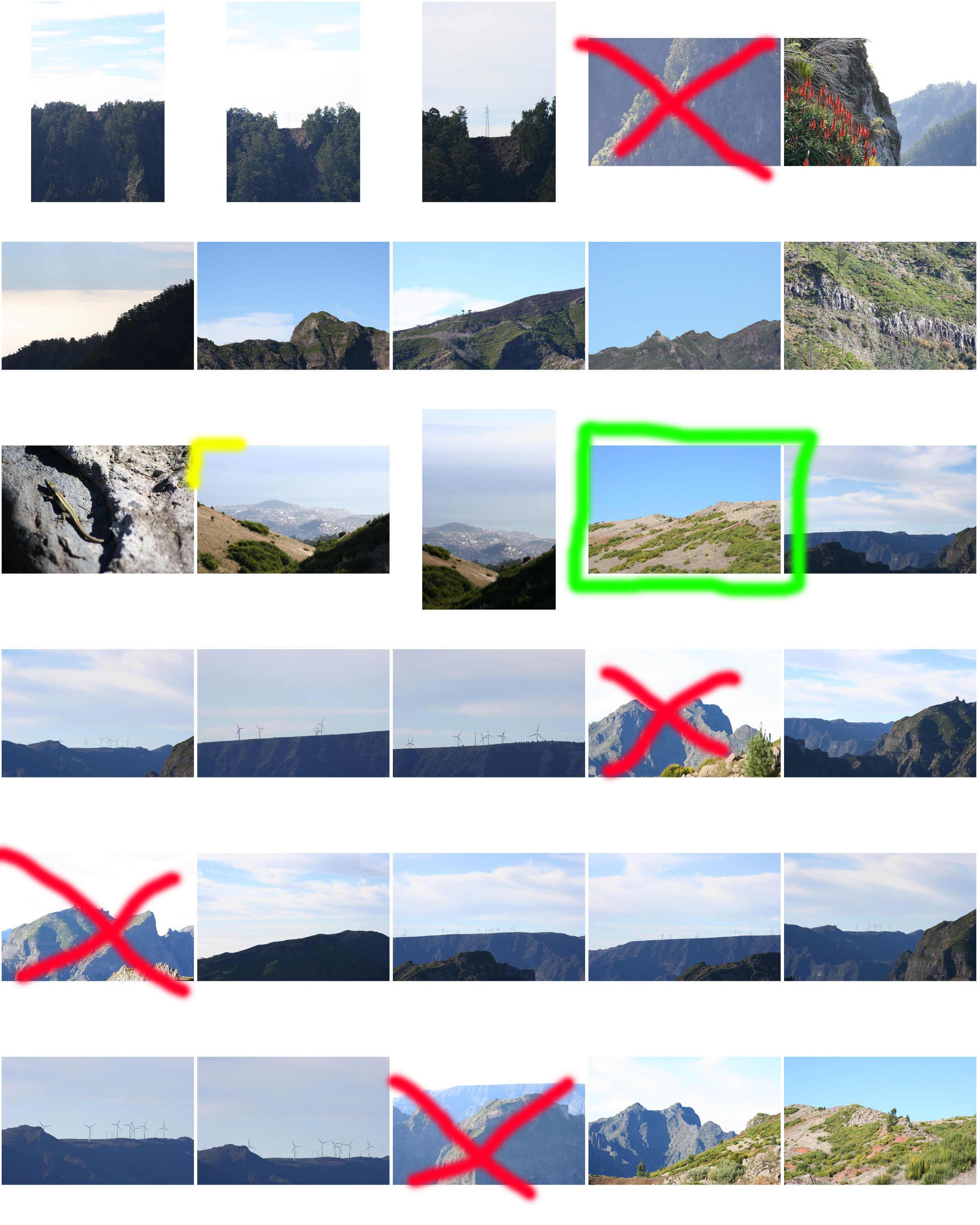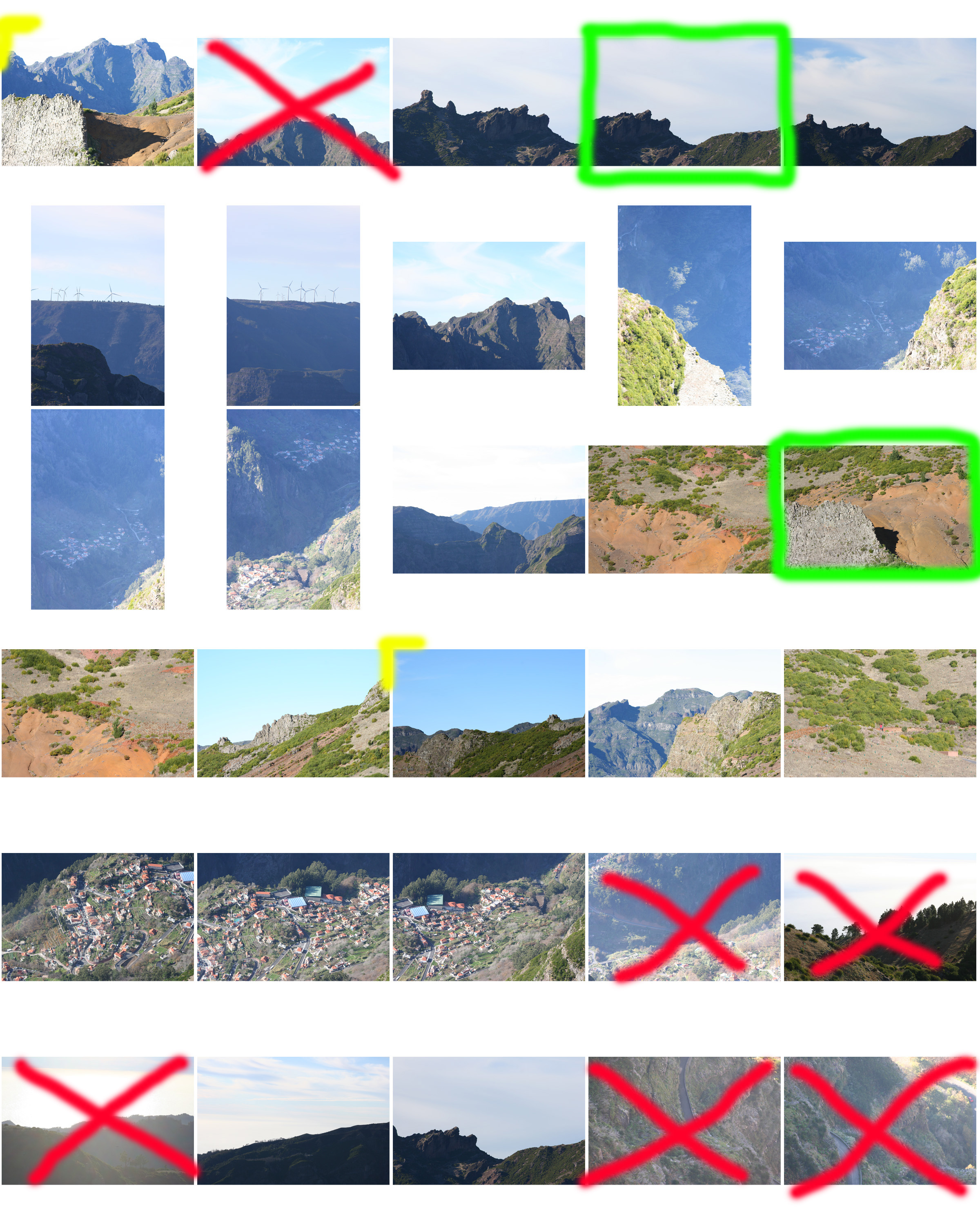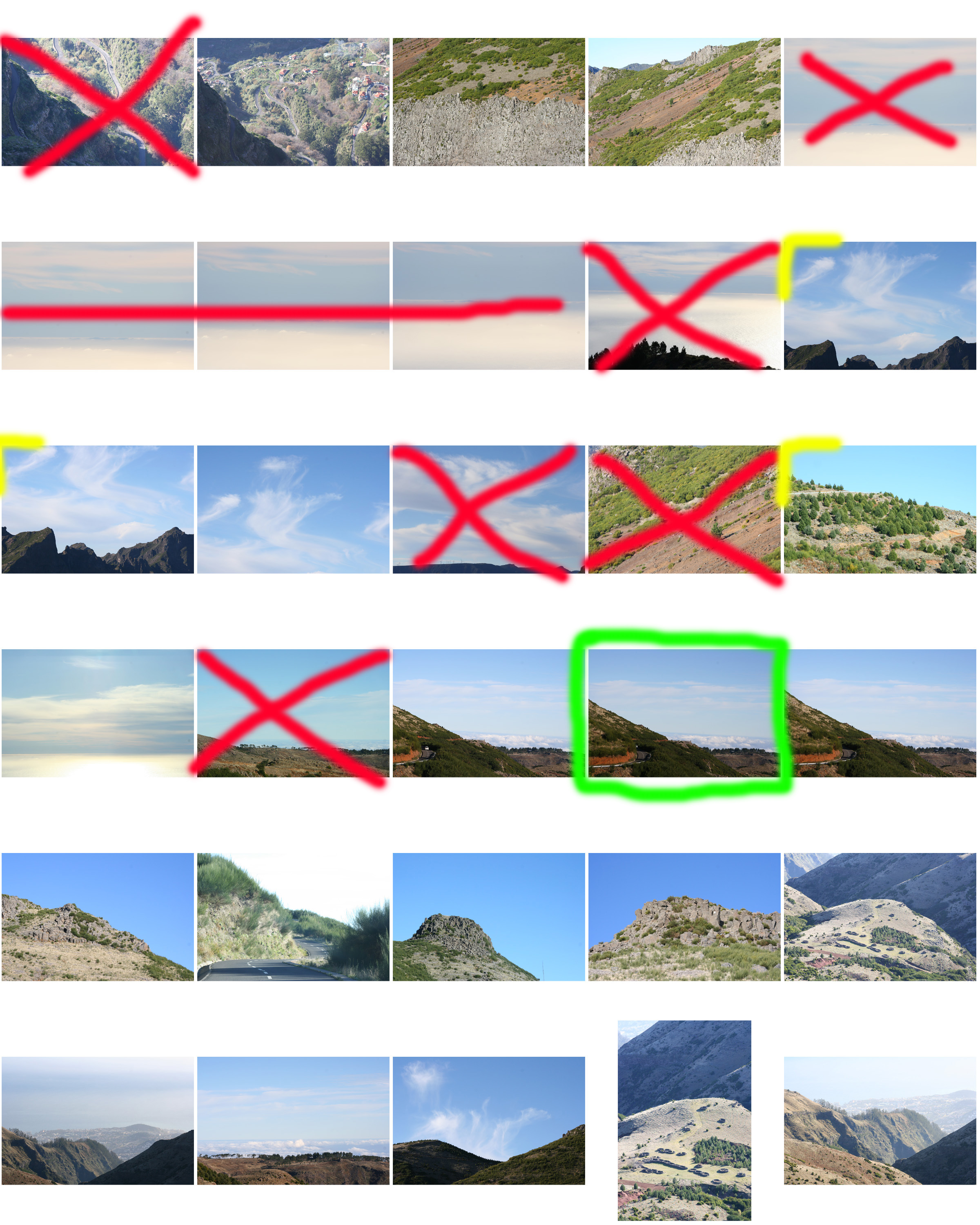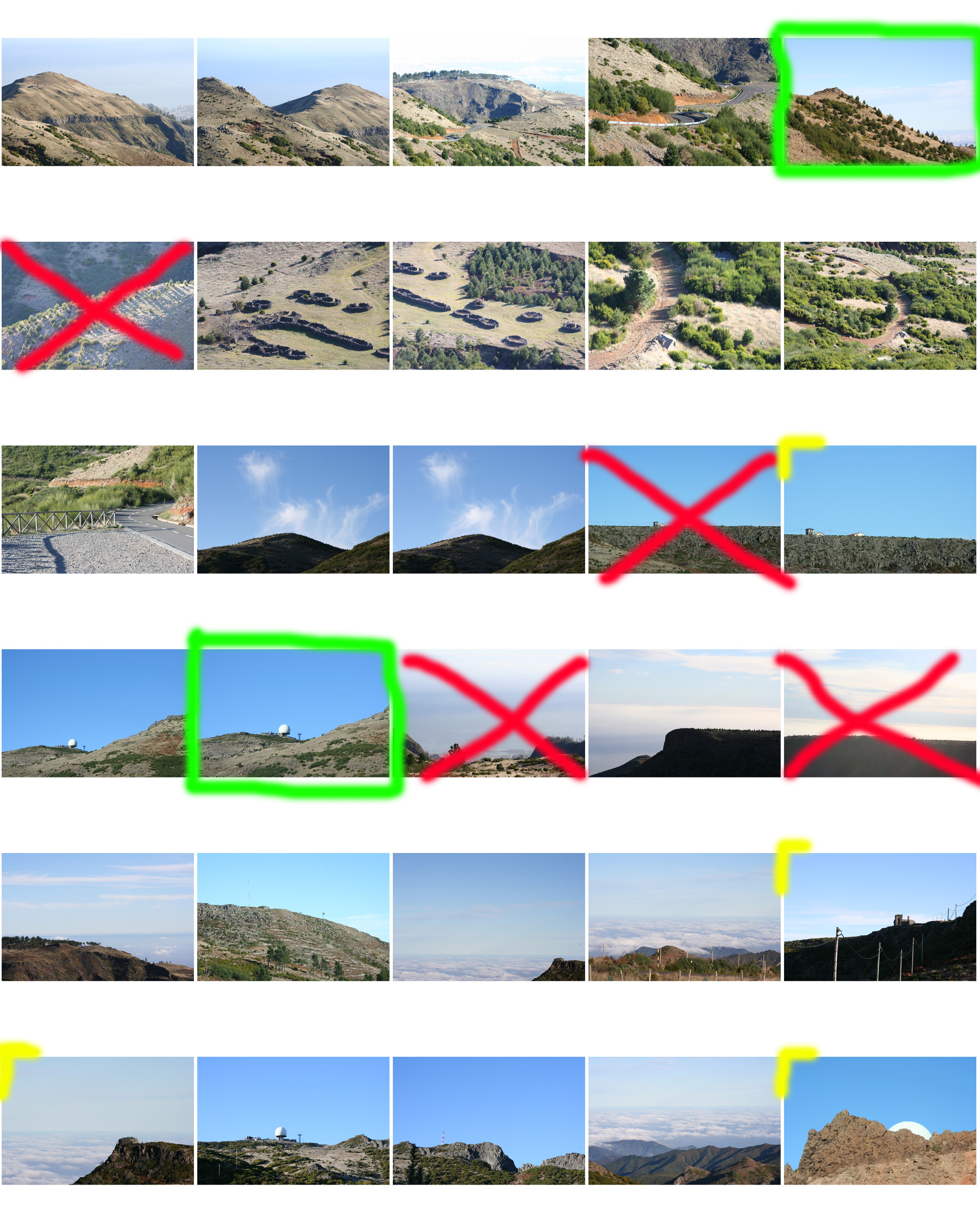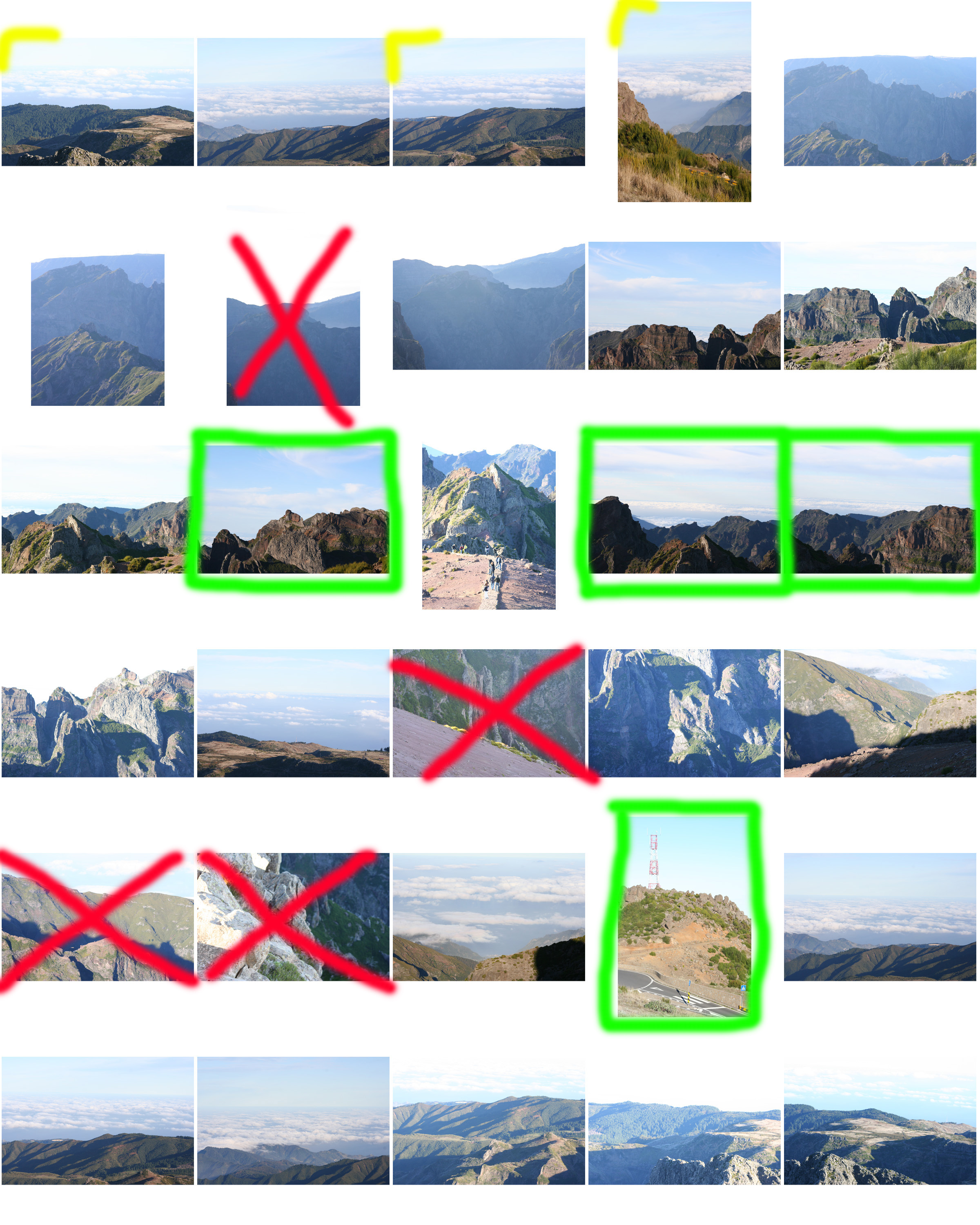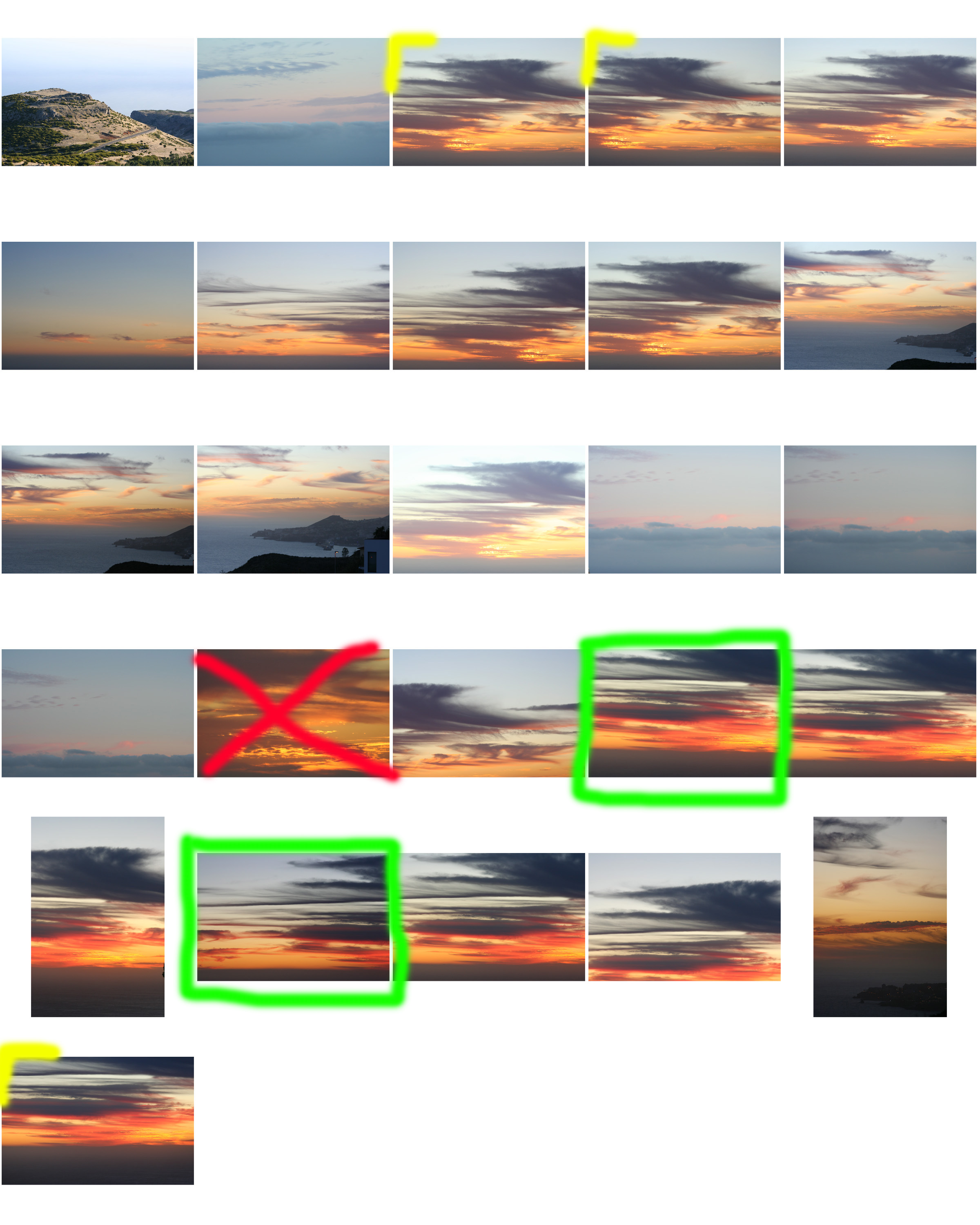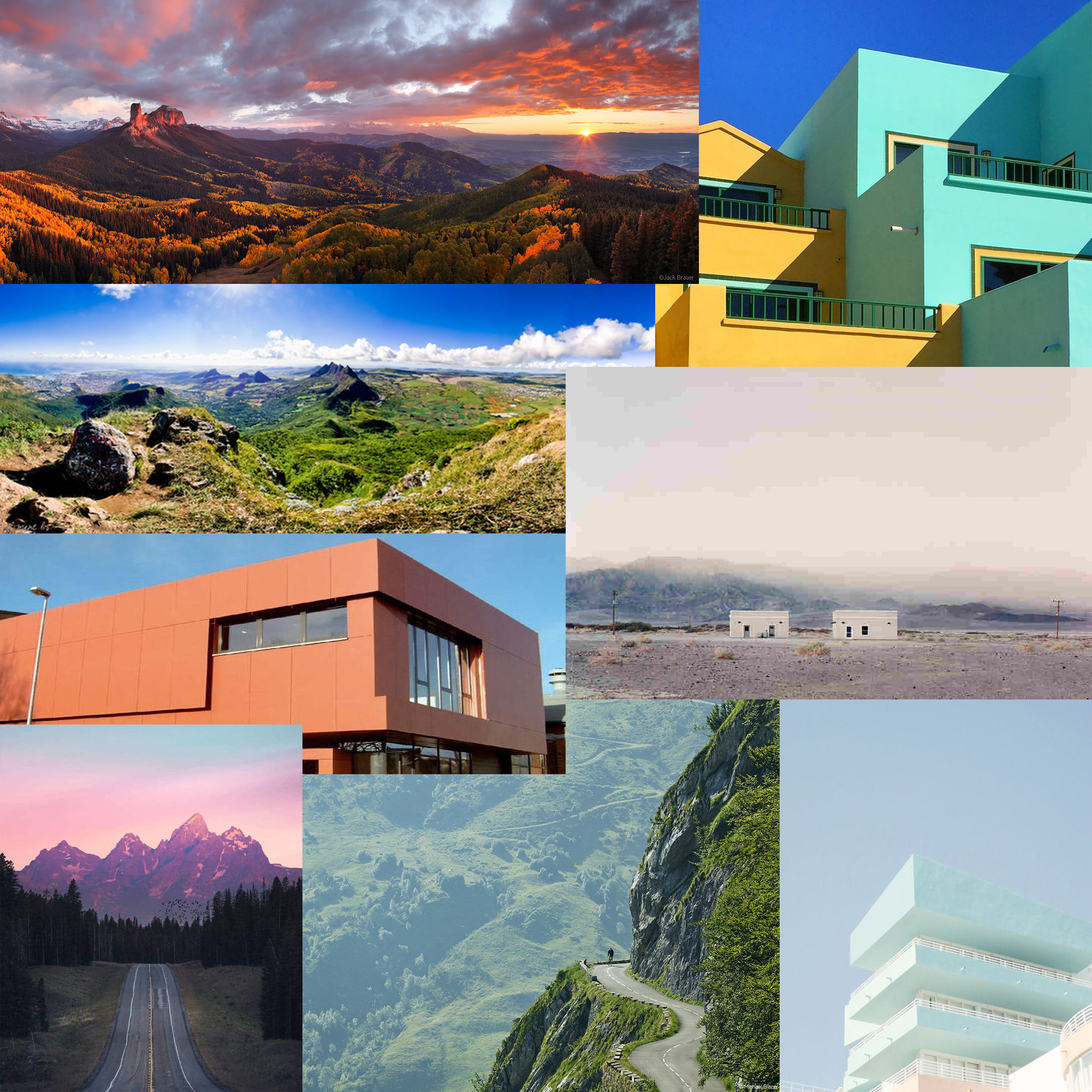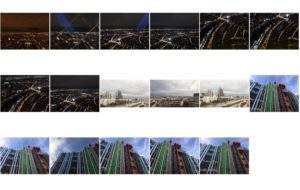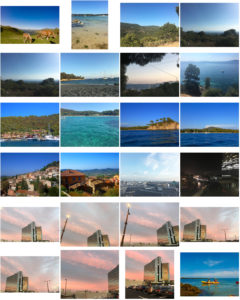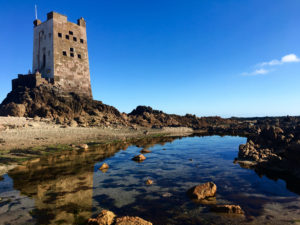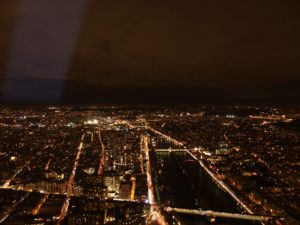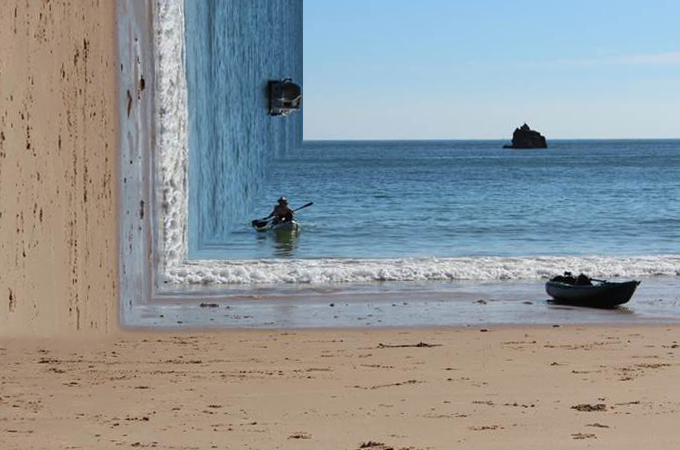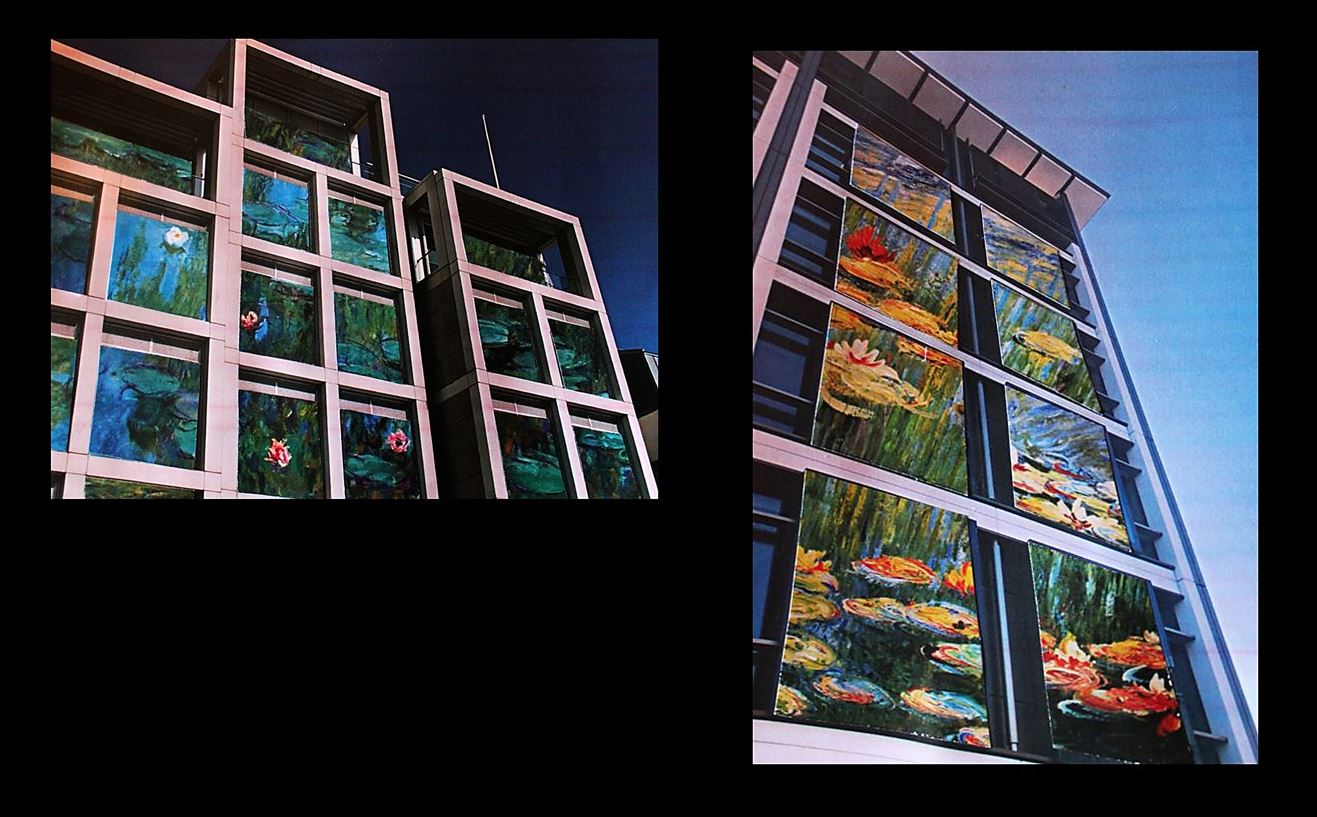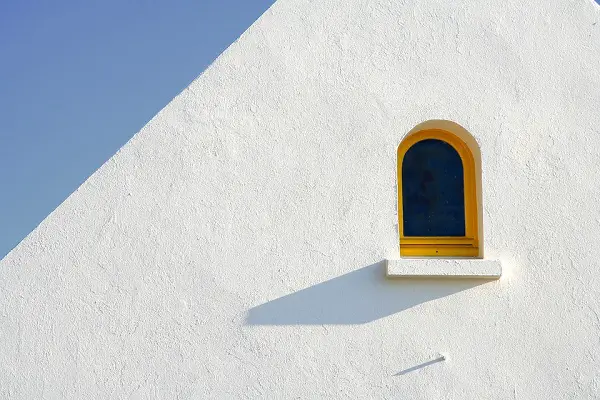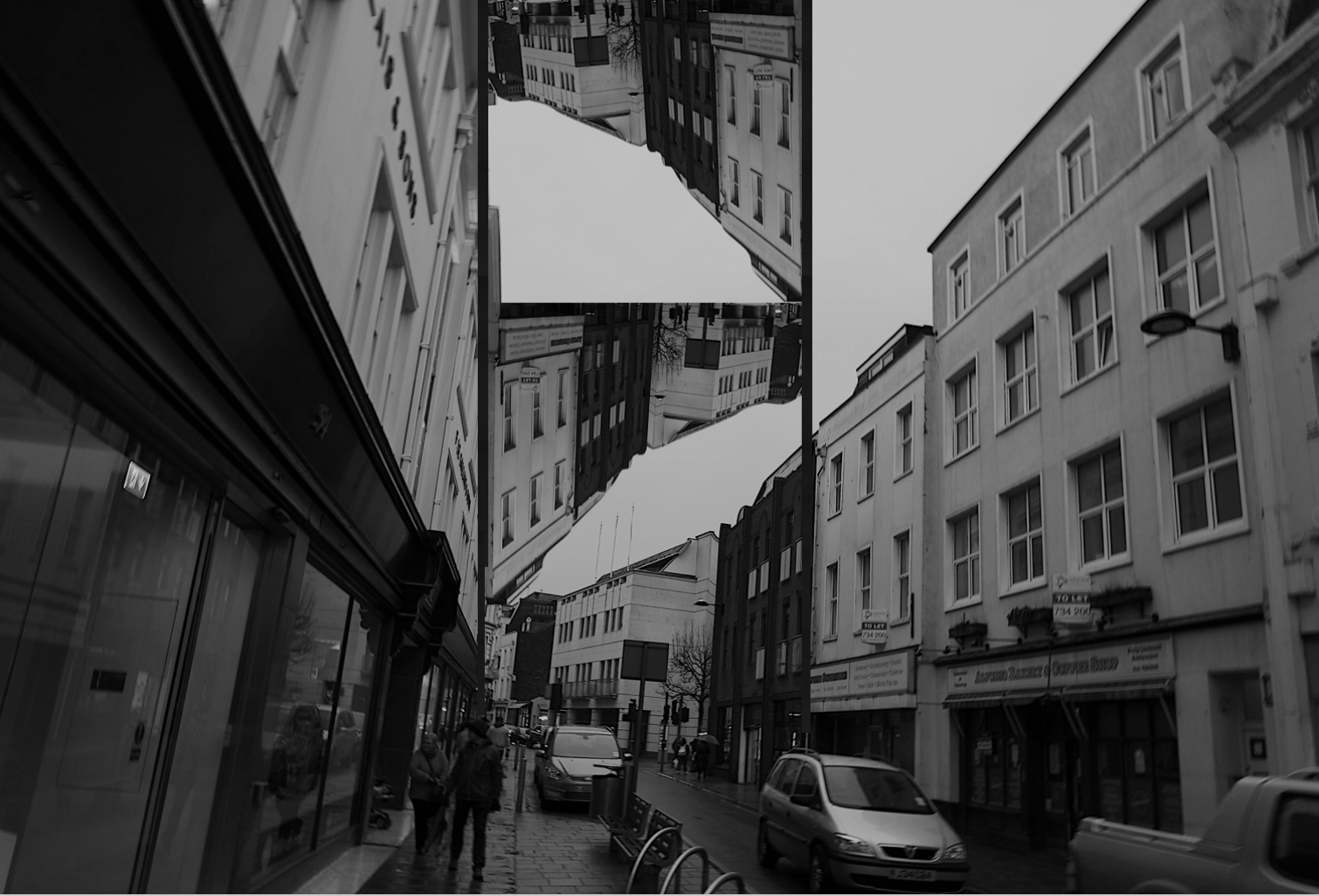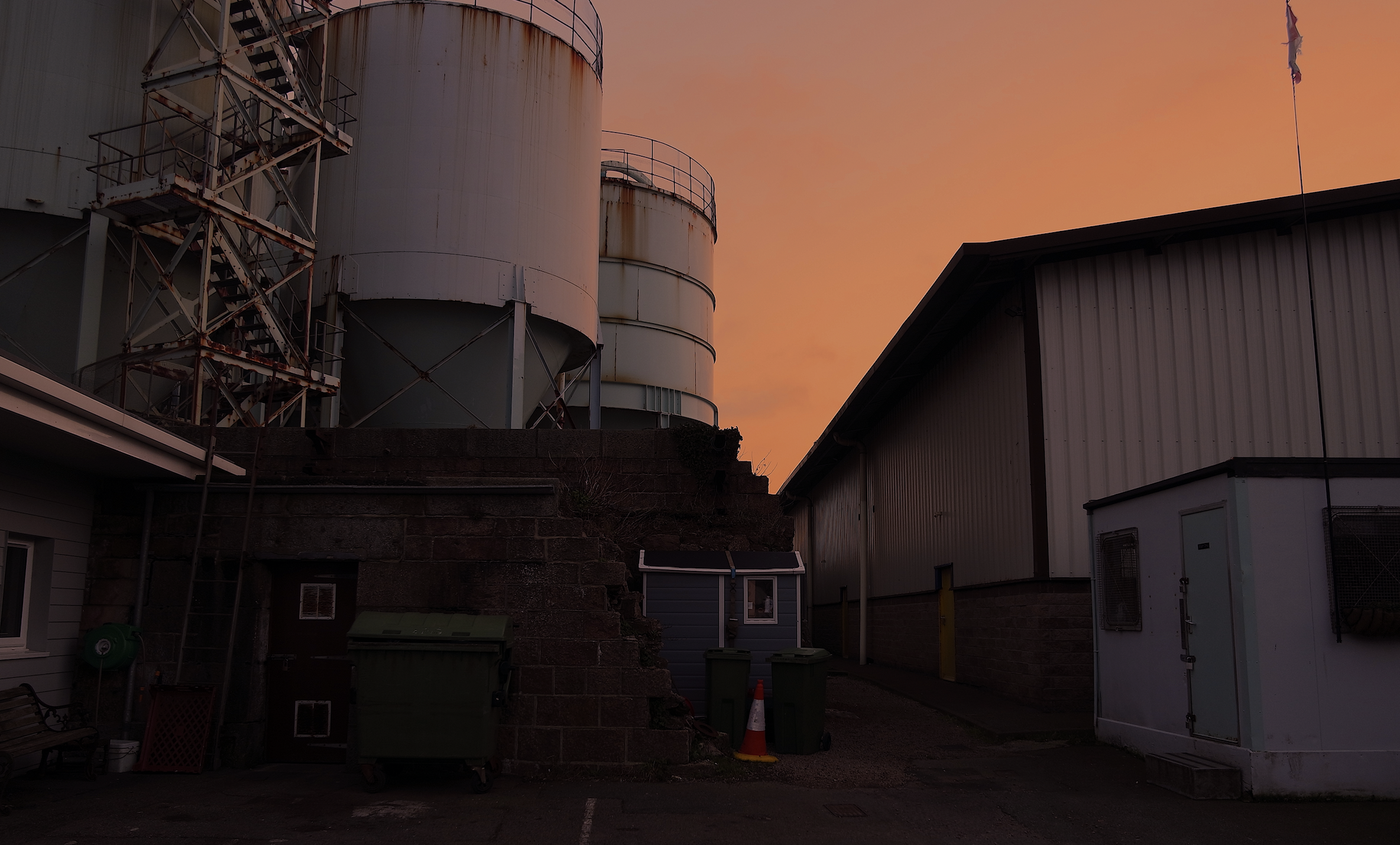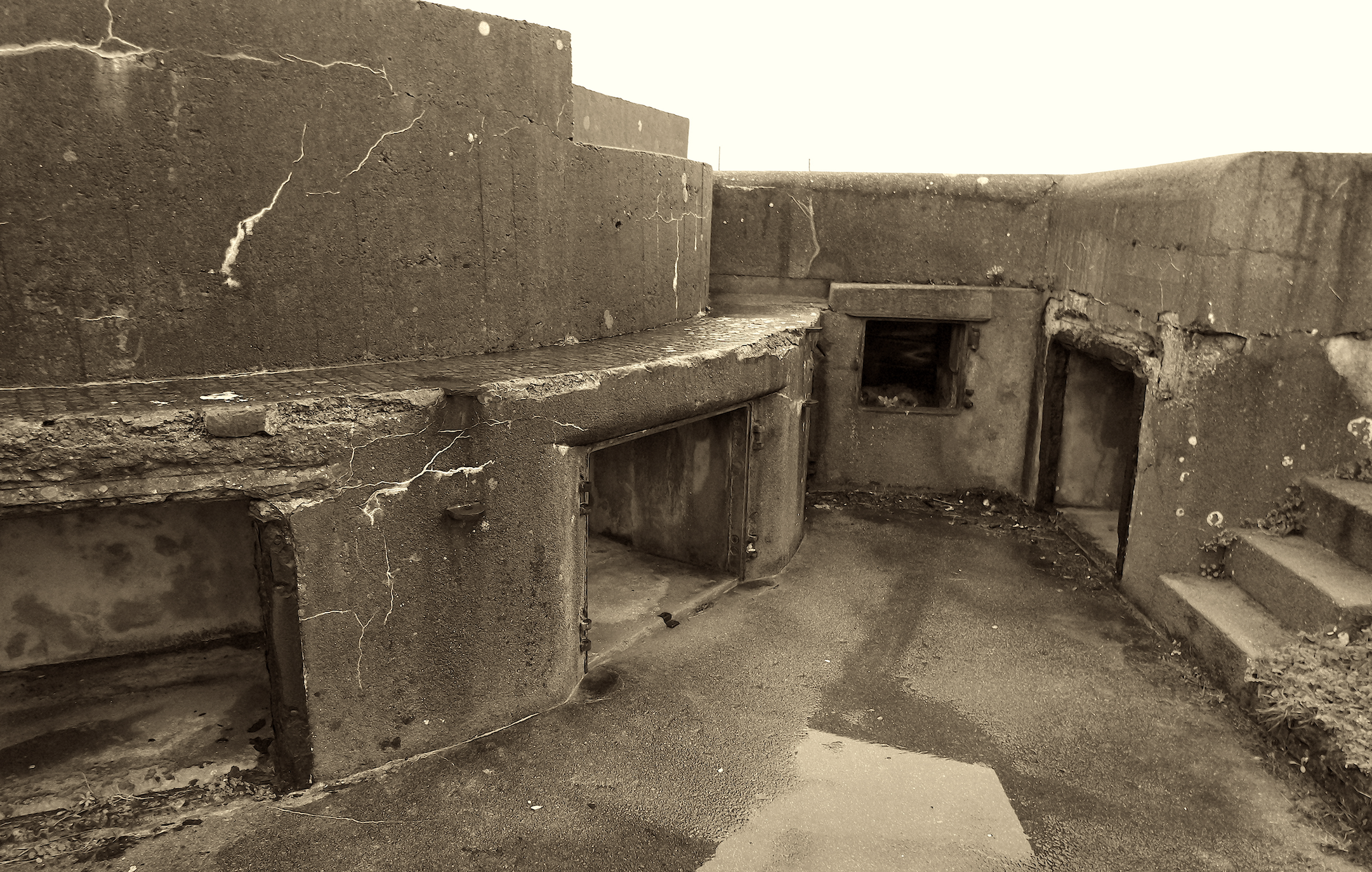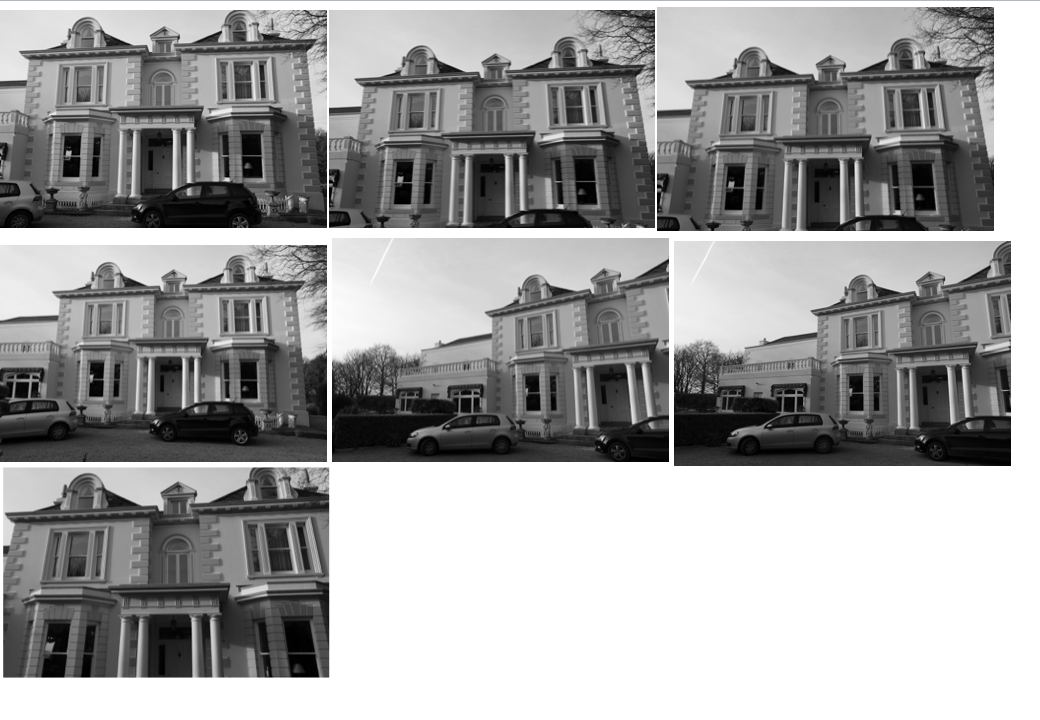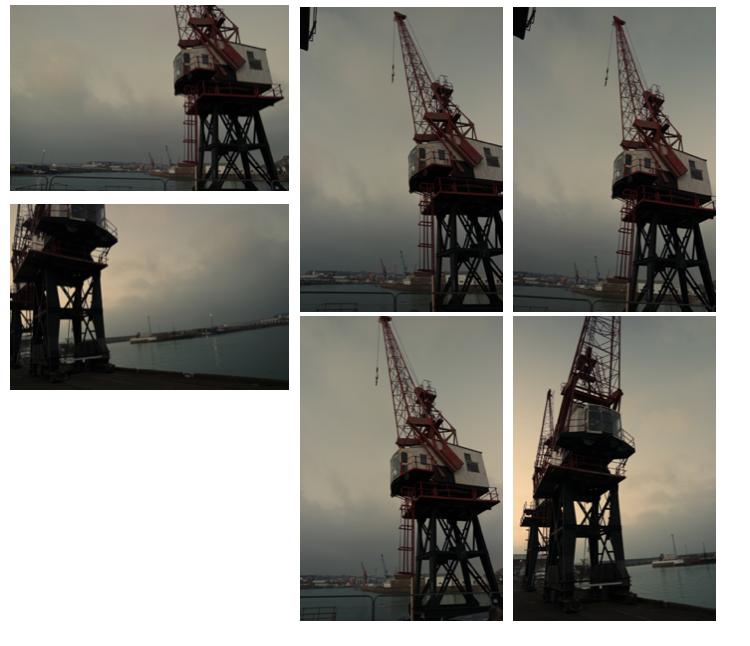due to me wanting to capture an array of landscapes from sunny romanticised landscapes to more abstract light exposure night time shits I need to know how aperture works and the concentrating of depth of field in order to focus in on a specific subject matter. I will experiment with this and use it creatively and such. The F number is an optical system of the cameras lens,due to it not having any dimensions
The f-number of an optical system such as a camera lens is the ratio of the system’s focal length to the diameter of the entrance pupil. It is a dimensionless number that is a quantitative measure of lens speed, this is important as it allows you to choose what concept of how much an an image you want to capture and for what effect.
throughout all my shoots I intent to change the focal length,aperature and also the fouls distance in order to use it as a creative aspect and enhance my image without editing them.
exposure bracketing:
I used exposure bracketing when concentrating on a. romanticised and more natural landscape, this is because depending on weather you are under or over exposed it captures different segments and different details within a pieces overplayed many of my image own order to be able to have different concentrations of detail in different areas such as the example below:
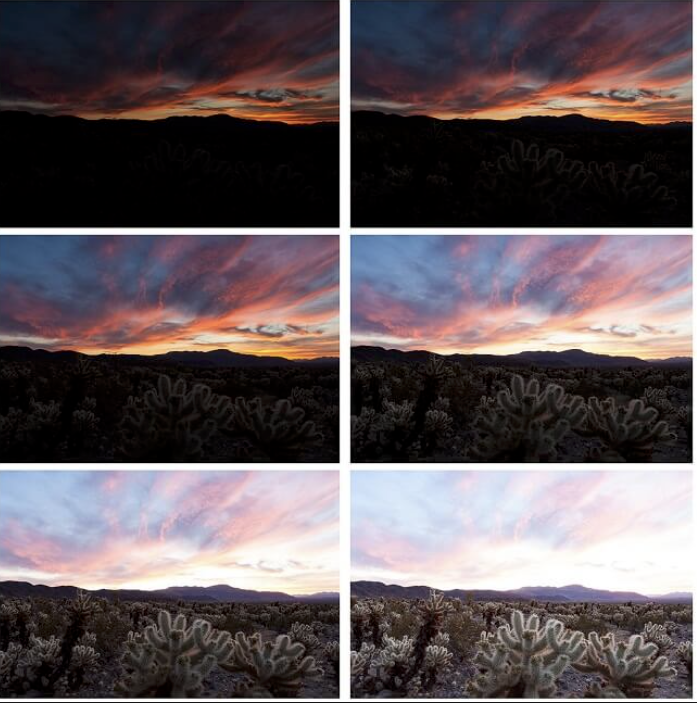
I also want one experiment within experimenting of editing sills such as using HDR Images,and making sure that I am capturing high dynamic details and capturing every element of an image. this is mainly important s prep from my romanticised images as they would be capturing light in a strong manner and also the reflections upon my images. I could do this by putting my camera into its hdr setting and allowing it to capture a high saturated landscapes.
These are my examples of using HDR and then further editing in order to emphasis the colour and how light comes through within all of the images.
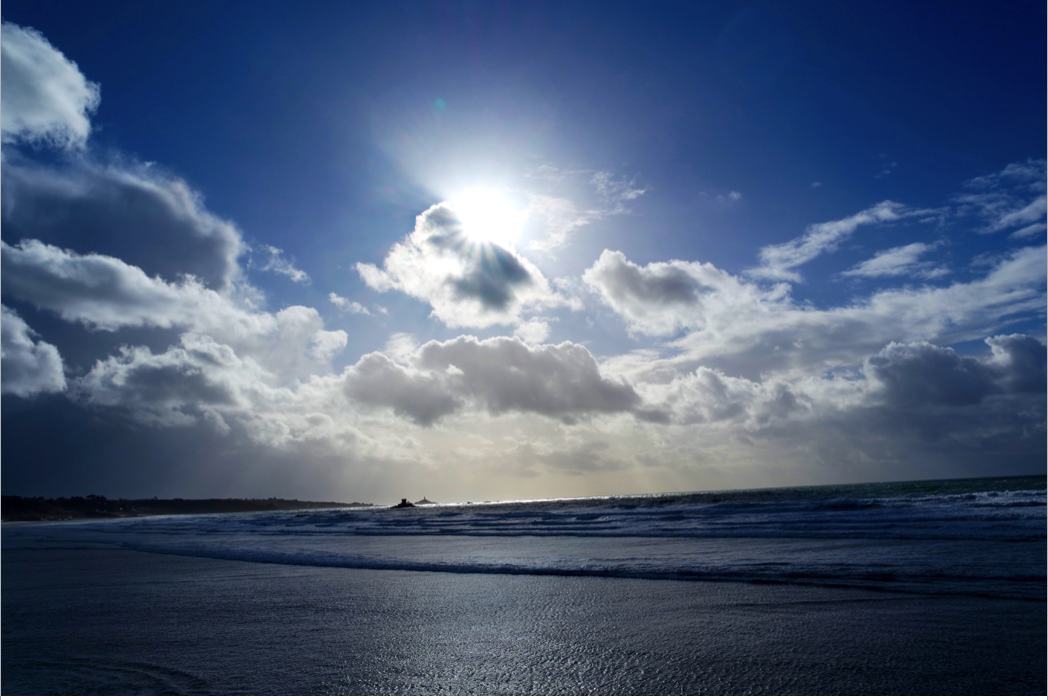
within this first image i wanted to capture a sea scape but then found that the clouds had such a beautiful movement and shape through which the sun comes through with such strong highlights that bounce off the sea, I included this within the images as I think this would also be a successful base off an image as the water has a solid movement but interesting point of texture. 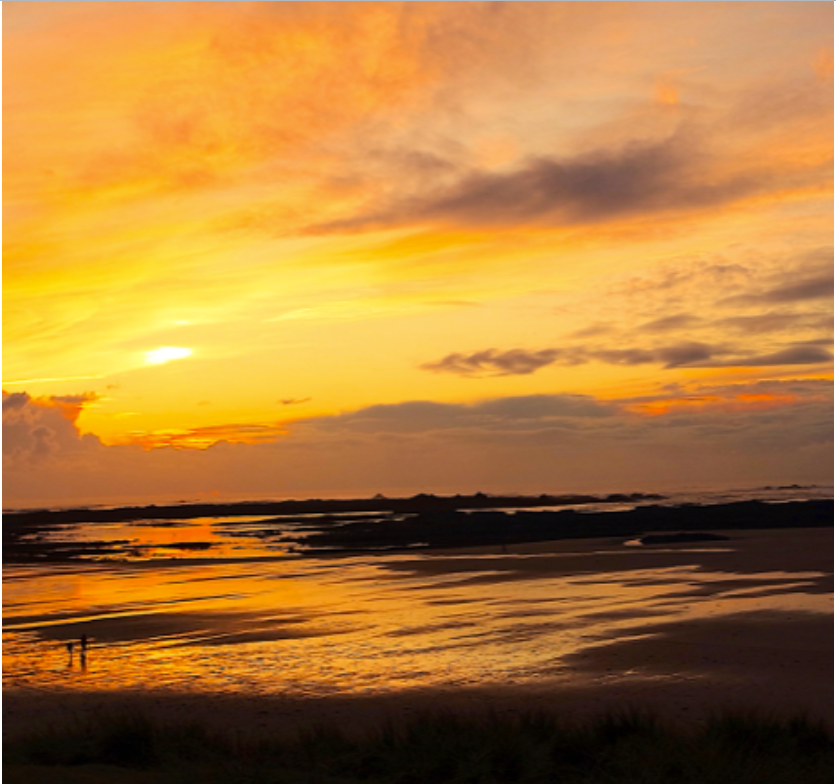
This second image has many differences, this is due to the way in which again the light is reflecting off the sea and the warm tones caused by the light but due to the over saturation has lost a presence of some of the detail.
technically both images have many features that make them successful although conceptually the first image has a more successful HDR theme parented and also presents the use in which I balanced the focal length to allow a wide image and also an equal exposure bracketing too mature the details within every aspect of the image.

